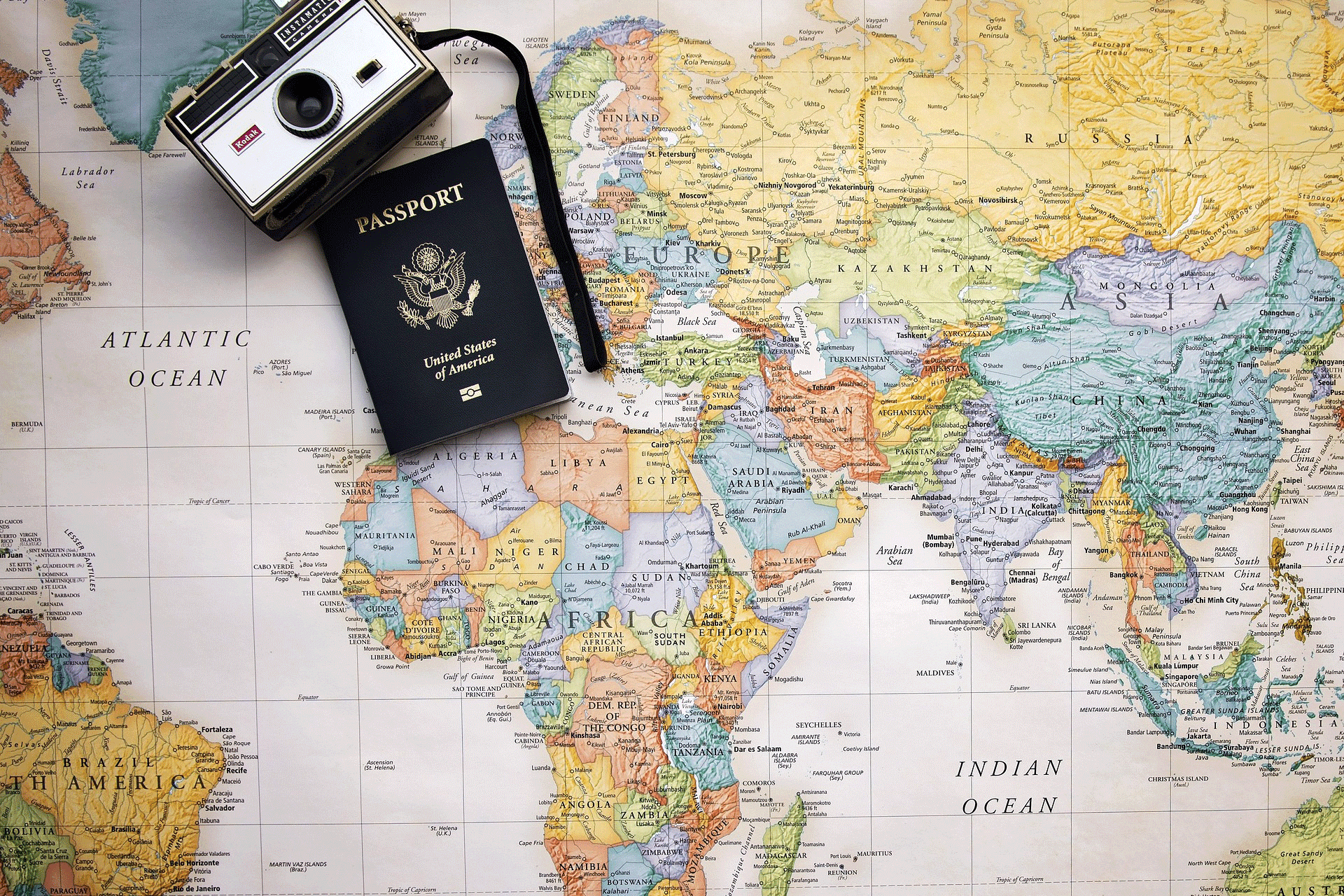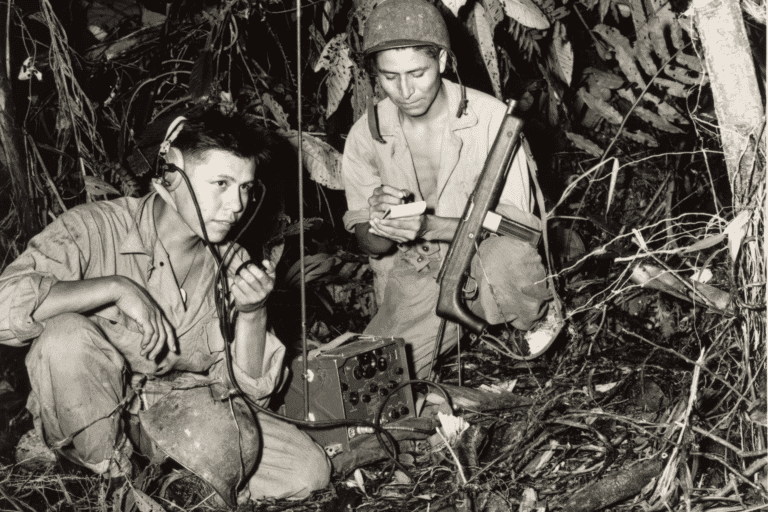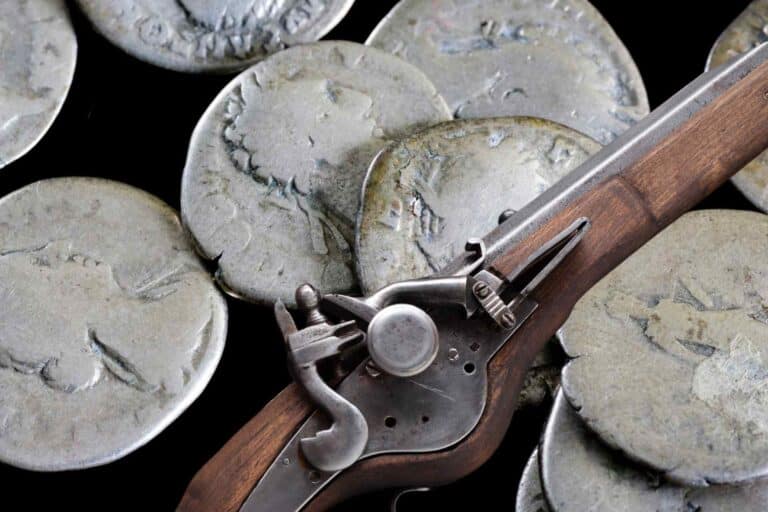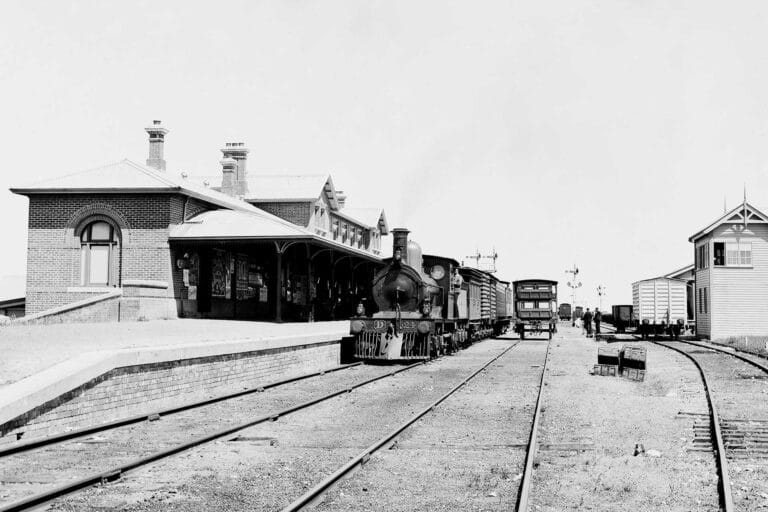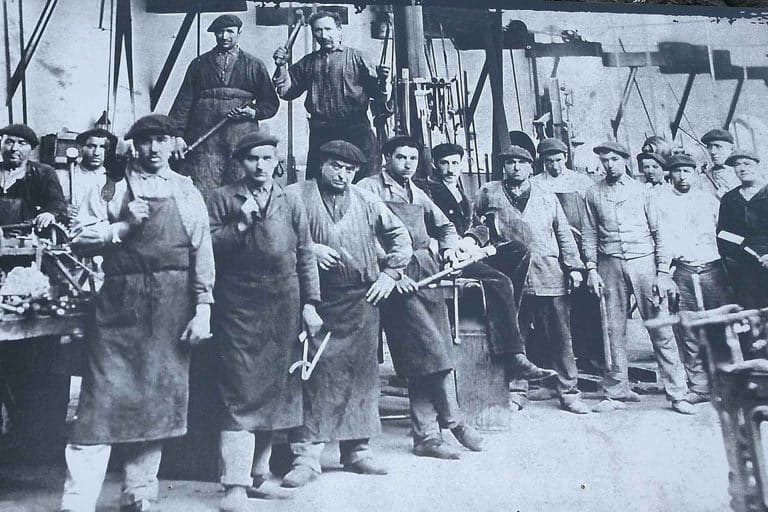Unveiling America’s Hidden Realms: A Guide to US Territorial Expansion and Possessions
U.S. Territorial Expansion has been a significant trend in American history, increasing the U.S.’s geopolitical presence and its ability to exercise influence on the world stage. In a series of recent statements, President-elect Donald Trump has raised questions about U.S. sovereignty over territories, including an intention to purchase the Panama Canal, an interest in Greenland, and even Canada.
The U.S. possesses a wide range of territories across the globe, from the Caribbean Sea to the Pacific Ocean, with different administrative arrangements and histories behind their acquisition. In this article, we will discuss the current territories of the U.S., their history, and how they have become subject to U.S. jurisdiction.
Current US Territories
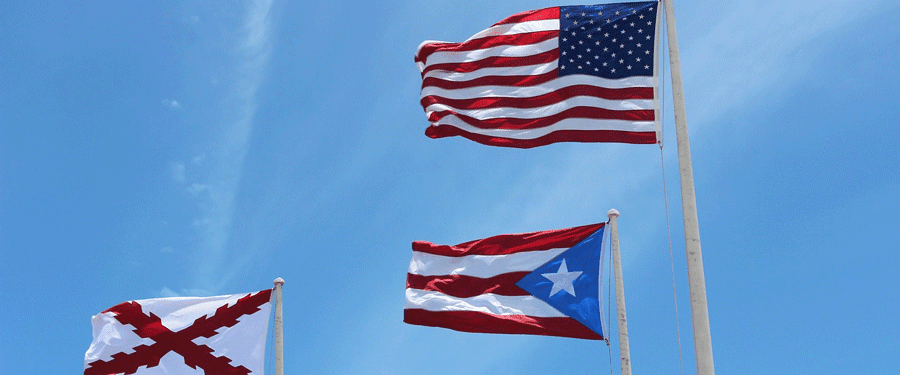
Puerto Rico: America’s Caribbean Commonwealth
Puerto Rico officially became a United States possession in 1898, following the Spanish-American War. This marked the beginning of the U.S. Territorial Expansion as it is known today. The acquisition of Puerto Rico was formalized through the Treaty of Paris, and the island’s strategic location in the Caribbean made it an ideal military and naval outpost. The island has played an essential role in U.S. defense, and during World War II, it hosted military bases that protected the Panama Canal and the Caribbean shipping lanes.
The Taíno people originally inhabited Puerto Rico before it was colonized by Spain in 1493. Under Spanish rule, the island became a significant hub for trade and exploration in the New World. After the U.S. acquisition, the island underwent substantial changes. The American government introduced an educational system and improved the island’s infrastructure. Initially, the island was governed by military leaders, but in 1900, the Foraker Act established a civilian government under U.S. supervision.
Today, Puerto Rico is an unincorporated territory of the United States with commonwealth status, granted in 1952. It has its own constitution, an elected governor, and a bicameral legislature. However, Puerto Ricans do not have full voting representation in Congress. The island still holds significant strategic value, serving as a link between North and South America and as a gateway to the Caribbean. While Puerto Ricans are U.S. citizens, there is an ongoing debate over Puerto Rico’s political status, with options including statehood, independence, or maintaining the current status.
Guam: America’s Pacific Outpost
Guam was ceded to the United States by Spain in 1898 as a result of the Spanish-American War, marking another instance of American Territorial Expansion. As a result of the Treaty of Paris, the U.S. took control of the island as a naval station in the western Pacific. Guam played a critical role as a military hub throughout World War II and the Cold War due to its strategic location. In the modern era, it remains an important element of American defense strategy and hosts some of the largest U.S. military bases in the Asia-Pacific region.
The history of Guam begins with the indigenous Chamorro people who lived on the island for thousands of years until Spain colonized it in the 17th century. Following the American acquisition, Guam was placed under the jurisdiction of the U.S. Navy. Japanese forces occupied the island during World War II, and it was the site of some of the war’s most vicious fighting before it was recaptured by U.S. forces in 1944. The island was subsequently rebuilt as a modern American territory after the war.
Today, Guam is an unincorporated territory of the United States with a civilian government established by the Organic Act of 1950, which also conferred U.S. citizenship on Guam’s residents. The island is self-governed by an elected governor and legislature, but its non-voting congressional representative in Washington, D.C., does not have the right to vote. Although it is a small island, Guam still plays a vital role in U.S. Territorial Expansion both militarily and as a cultural bridge between America and the Pacific. The people of Guam enjoy many of the same rights as U.S. citizens on the mainland, but the territory’s political status and self-determination are still topics of debate.
American Samoa: The Last Polynesian Frontier
American Samoa became part of U.S. Territorial Expansion in 1900, when local chiefs ceded the islands to the United States through two agreements. The islands were placed under the control of the U.S. Navy, which saw the strategic importance of American Samoa as a coaling and naval station in the South Pacific. Located roughly halfway between Hawaii and New Zealand, the islands gained further importance as a supply and communications center for U.S. military operations in the Pacific theater during World War II.
Polynesians first settled the islands more than 3,000 years ago. The culture of American Samoa remains very traditional, rooted in ancient Samoan culture, or “fa’a Samoa.” After becoming a U.S. possession, American Samoa was never the focus of significant colonization efforts; as a result, the territory remains closely tied to its indigenous culture and traditions. During its first several decades under U.S. control, the economy of American Samoa was little developed and consisted mainly of subsistence agriculture and local governance by traditional tribal leaders.
American Samoa is an unincorporated and unorganized territory of the United States. As an unincorporated territory, American Samoa is not ruled by a constitution provided by the United States Congress, but by local and traditional laws. As an unorganized territory, American Samoa is not run by a federally created government but by its own constitution and laws. The people of American Samoa are U.S. nationals but not U.S. citizens. However, they are free to travel to and work in the United States.
American Samoa has a government consisting of a governor and legislature who are elected by residents of the territory. Traditional chiefs, or “matai”, also continue to play an important role in the territory’s government and society. As part of U.S. Territorial Expansion, American Samoa remains a unique part of the Pacific region with close political ties to the United States.
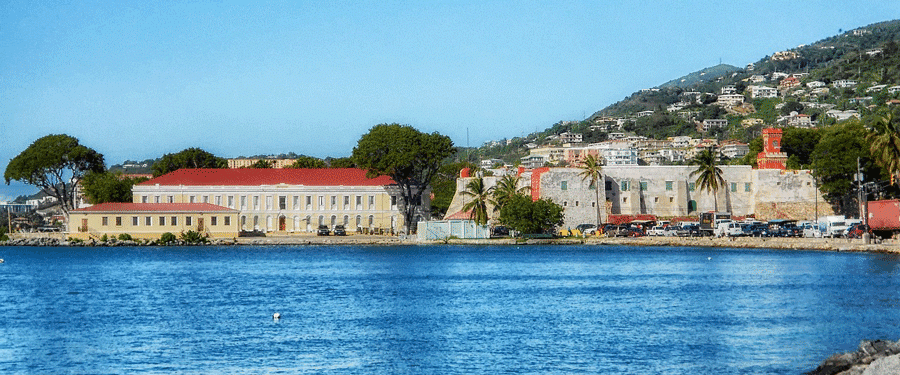
U.S. Virgin Islands: From Danish Colony to American Territory
The United States Virgin Islands became part of U.S. Territorial Expansion in 1917, following the United States’ purchase of the islands from Denmark for $25 million in gold. The purchase was motivated by strategic concerns during World War I, with the U.S. aiming to prevent German territorial expansion. The concern was that Germany would take over the islands and use them as a naval base. The islands’ location in the center of the Caribbean also made them a gateway to the Panama Canal and a strategic outpost for protecting maritime trade routes.
Geographically, the U.S. Virgin Islands are situated in the eastern Caribbean Sea, and their cultural history dates back to their first settlement by indigenous peoples before European colonization. The islands became part of the Danish West Indies in the 17th century and were primarily devoted to sugar plantations and enslaved labor until emancipation in 1848. After the transition to U.S. territory, the islands’ economy shifted from agriculture to tourism and commerce, leveraging their tropical environment and proximity to the U.S. mainland.
Currently, the U.S. Virgin Islands are an unincorporated U.S. territory with its own elected governor and 15-member legislature. A non-voting delegate in the U.S. House of Representatives represents them. The people of the U.S. Virgin Islands are U.S. citizens but do not have the right to vote in presidential elections. As part of U.S. Territorial Expansion, the islands have a unique Caribbean culture blended with American political systems, attracting millions of tourists each year and remaining engaged in discussions over political status.
Northern Mariana Islands: A Unique Commonwealth in the Pacific
The Northern Mariana Islands were incorporated into the U.S. Territory of the Northern Mariana Islands after World War II. The United States administered them as part of the United Nations Trust Territory of the Pacific Islands. After years of U.S. administration, the islands entered into a political union with the U.S. under the Covenant Agreement of 1975, which granted them commonwealth status (similar to Puerto Rico) with a degree of local autonomy. Geographically, they have been part of U.S. Territorial Expansion because of their strategic location in the western Pacific Ocean. The islands have been a key military and logistical outpost for the U.S., particularly during the Cold War and in contemporary U.S. defense strategies.
Regarding their original inhabitants and subsequent historical events, the Northern Mariana Islands were first settled by the Chamorro people and later colonized by Spain in the 16th century. After Spain’s loss in the Spanish-American War, the islands were briefly under German control before being ceded to Japan after World War I. The islands are historically significant due to their role in World War II, especially the Battle of Saipan, which was pivotal in the U.S. strategy to seize control of the Pacific from Japan. The U.S. administration, after the war, led to the development of infrastructure and the modernization of governance in the islands.
In contemporary times, the Northern Mariana Islands are a self-governing commonwealth in political union with the United States. They have their own elected governor and a bicameral legislature, and the residents are U.S. citizens with limited voting rights in federal elections. The islands remain relevant to the U.S. for both strategic and cultural reasons, maintaining military significance and cultural connections with the broader Pacific region. The political status of the Northern Mariana Islands remains a topic of discussion and potential change, reflecting their ongoing importance to U.S. policy.

Uninhabited U.S. Territories: Guardians of the Pacific and Caribbean
The U.S. Minor Outlying Islands, which are uninhabited, are unorganized territories of the United States mainly acquired during the 19th and early 20th centuries as part of the broader U.S. Territorial Expansion. The majority of these territories were uninhabited and unclaimed at the time of their annexation by the United States.
Most of these territories, including Baker Island, Howland Island, Jarvis Island, and others, were annexed by the United States under the Guano Islands Act of 1856 for their abundant supplies of guano, a highly valued fertilizer at the time. A few of the territories, such as Midway Atoll and Wake Island, were acquired for their strategic value as a refueling and communications station for U.S. naval and merchant ships during wartime and peacetime.
In addition to Midway, Johnston Atoll, and Palmyra Atoll were also sites of U.S. military and nuclear testing during the Cold War. They remain largely uninhabited today but retain some strategic value, with small military or scientific outposts such as Wake Island and Midway. Various federal agencies, such as the U.S. Fish and Wildlife Service, administer several of these unincorporated territories as wildlife refuges.
Palmyra Atoll is an incorporated territory of the United States, making it a permanent part of the United States, but it remains unorganized, as do the other territories. While these territories no longer have economic significance, the historical significance of U.S. territorial expansion is reflected in their continued strategic value and military presence.
Past US Territories
The Philippines: From U.S. Territory to Independent Nation
The Philippines joined U.S. Territorial Expansion in 1898 as a result of the Spanish-American War. The Treaty of Paris formally ceded the archipelago from Spain to the United States. The Philippines’ location in Southeast Asia made it a valuable Pacific foothold for trade and military operations. The archipelago’s strategic position became evident during World War II, with battles between American and Japanese forces leading to its liberation in 1945.
The Philippines had been a Spanish colony for more than 300 years before joining the U.S. Territorial Expansion. The United States invested in education, infrastructure, and public health during its administration of the archipelago. The Philippine government was subject to American oversight and had limited representation until the creation of the Philippine Commonwealth in 1935. The desire for greater self-governance grew after the war, and the Philippines achieved complete independence on July 4, 1946.
The Philippines is now an independent republic with a thriving democracy and cultural ties to the United States. It is no longer part of U.S. Territorial Expansion, but the historical relationship between the two countries lives on through defense agreements, economic ties, and shared values. The Philippines’ path from U.S. possession to independence represents a significant chapter in the history of American overseas expansion.

Cuba: A Brief Chapter in U.S. Territorial Expansion
In 1898, the United States took control of Cuba following the Spanish-American War. The Treaty of Paris, which ended the conflict, provided for the military occupation of Cuba by the United States. While the island was not annexed, the United States exerted significant influence over Cuban affairs through the Platt Amendment (1901), which permitted American intervention in Cuban politics and established a naval base at Guantanamo Bay. Cuba’s proximity to Florida and its strategic location in the Caribbean made it an essential focus of American military and economic policy.
For over 400 years before the Spanish-American War, Cuba was a Spanish colony, with an economy based on sugar plantations and enslaved labor. The island’s struggle for independence from Spain eventually led to the Spanish-American War, after which the United States occupied Cuba and oversaw its transition to nominal autonomy. Under American influence, infrastructure was developed, but political instability remained, with frequent uprisings and political strife fueled by U.S. economic dominance. In 1902, Cuba formally gained independence, but the United States continued to exert significant influence over the island for decades.
Today, Cuba is an independent nation with a socialist government, established after the Cuban Revolution of 1959. While the direct influence of the United States has ended, relations between the two countries remain complex, marked by Cold War tensions and ongoing political differences. Despite its brief period as a U.S. possession, Cuba’s experience with American control had a lasting impact on its economy and its geopolitical relationship with the United States. This episode in the history of U.S. Territorial Expansion reflects the broader role of the United States in Caribbean politics.
The Trust Territory of the Pacific Islands: A Legacy of U.S. Territorial Expansion
The Trust Territory of the Pacific Islands (TTPI) was created in 1947 as a United Nations trust territory, an important component of U.S. Territorial Expansion in the Pacific. Administered by the United States, the TTPI was a strategic grouping of more than 2,000 islands in the western Pacific, comprising the Marshall Islands, the Federated States of Micronesia, Palau, and the Northern Mariana Islands. These islands held strategic significance for the United States due to their location in the Pacific theater, their role as military outposts, and their contribution to maintaining U.S. influence in the region during the Cold War.
Germany had previously colonized the islands and later Japan, until they were captured by U.S. forces in World War II. After Japan’s defeat, the United States assumed responsibility for administration and rebuilding. The islands developed infrastructure and education under U.S. rule, while largely retaining their traditional cultures. Leaders of the islands eventually sought self-governance, and U.S. stateside support helped them negotiate compacts that provided varying levels of independence for the different island chains.
The Marshall Islands, the Federated States of Micronesia, and Palau are currently sovereign states in free association with the United States, while the Northern Mariana Islands became a U.S. commonwealth. The end of the trust territory has not resulted in diminished U.S. influence in the region, as the existing compacts allow for a continued American presence and maintain strategic U.S. interests in the Pacific.
Conclusion
Across the seas, from the Caribbean and the Pacific Ocean, from the Old World, and in one case from the New World, the following islands and former-islands present and past, which have been or are U.S. territories and possessions, make up an empire in miniature. Some are rich in natural resources, some are not.
Some have thrived and are populated; some are uninhabited; some have achieved independence from the U.S. over time; and some are more or less autonomous. The story is one of geopolitical interest, intrigue, and logistics, world-class sailing, and deep friendships and loyalties. It is the history of U.S. Territorial Expansion, the hidden half of the American Dream.

